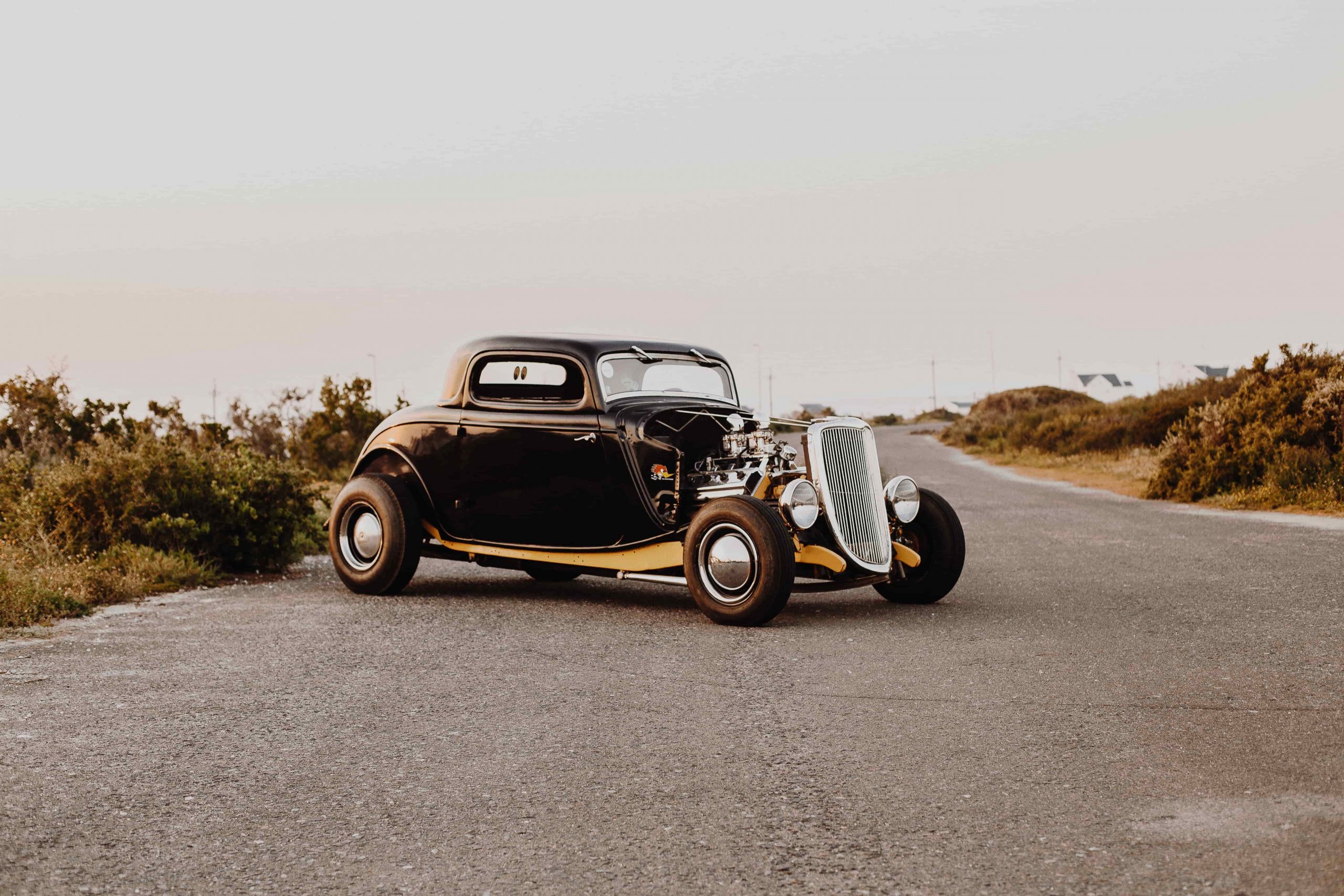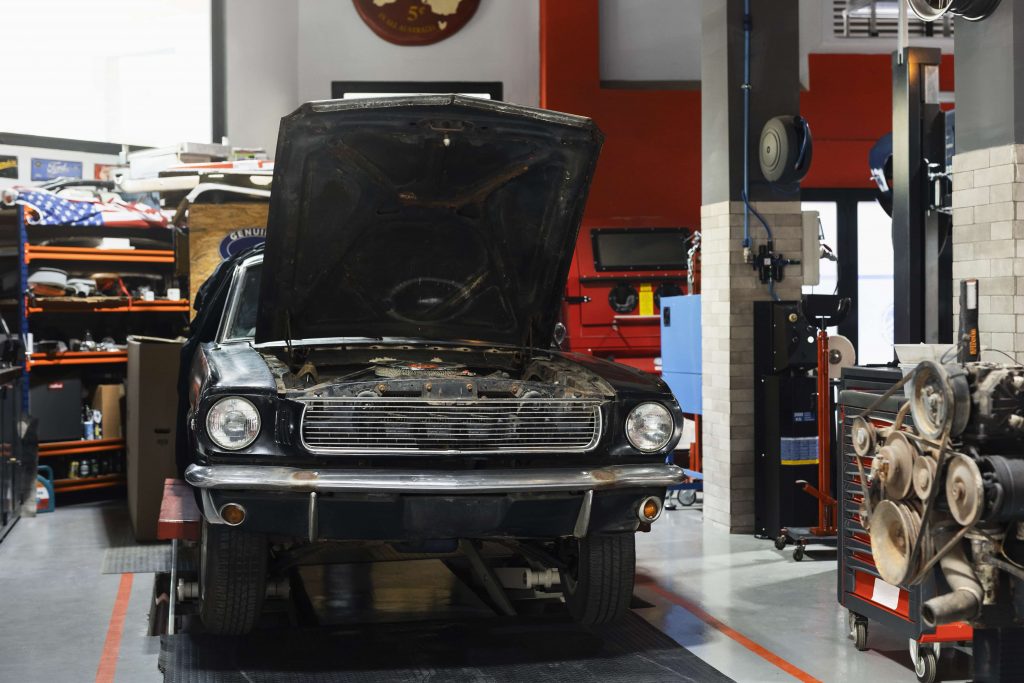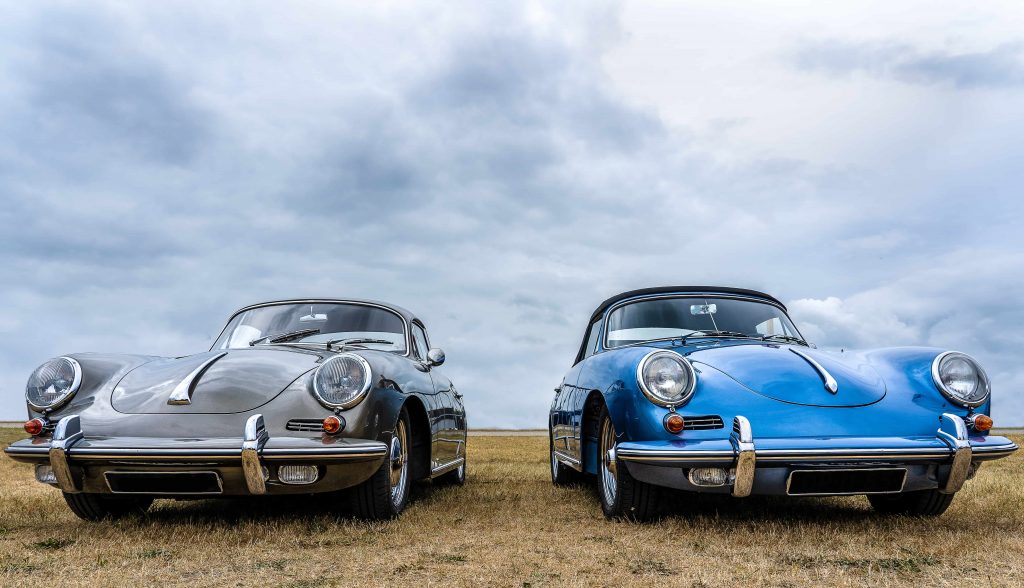Classic Cars and MOTs: What Are The Rules?

Classic cars occupy a cherished corner in the hearts of passionate automotive enthusiasts. These timeless vehicles evoke nostalgia, showcase exceptional craftsmanship, and represent a connection to the past. However, when it comes to the Ministry of Transport (MOT) testing, there is often confusion surrounding the rules and exemptions for classic cars.
In this article, we will delve into the world of classic cars and explore the regulations surrounding MOT testing in the United Kingdom.
When does a Car Become ‘Classic’?

Defining what makes a car a “classic” is a subjective matter, and there is no definitive answer. However, in the United Kingdom, some general guidelines are followed. For instance, some vehicles that are 50 years old or more are often considered classics. This age threshold also has practical implications, as cars manufactured before 1973 are exempt from paying Vehicle Excise Duty (VED). While the 50-year mark is a rough guide, there are other factors that contribute to a car’s classification as a classic.
Many individuals consider classic cars to be a source of nostalgia. They evoke memories of a bygone era and represent a connection to the past. Classic cars are also appreciated for their timeless design, which often stands out among modern vehicles. Moreover, certain classic cars have had a significant cultural impact, either through their association with iconic movies, renowned personalities, or historical events. Owning and driving a classic car can provide a unique thrill that is not easily replicated by more contemporary vehicles.
The appeal of classic cars extends beyond sentimental and cultural reasons. Many enthusiasts are drawn to the craftsmanship and attention to detail exhibited by these vehicles. Classic cars were often built using traditional manufacturing methods, with a focus on quality and durability. The materials used, such as hand-finished wood trim, genuine leather upholstery, and chrome accents, contribute to the allure of classic cars.
Examples of Classic Cars
Classic cars can be categorised into various subtypes based on their age and historical significance. Here are a few examples:
- Vintage cars: Vintage cars are typically defined as vehicles manufactured between 1919 and 1930. They represent the early days of automobile production and feature exquisite craftsmanship and distinctive design elements. Popular examples include the Ford Model T, Rolls-Royce Silver Ghost, and Cadillac V16.
- Veteran cars: Veteran cars are even older than vintage cars, dating back to the early 1900s and earlier. These vehicles are often seen as pioneers of the automotive industry and hold a special place in automotive history. The Benz Patent-Motorwagen and Ford Model A are notable examples of veteran cars.
- Post-vintage cars: Post-vintage cars refer to vehicles manufactured between 1931 and 1945. They bridge the gap between vintage and more modern vehicles, showcasing evolving technology and design trends during a transformative period in the automotive world. Examples include the Jaguar SS100, Alfa Romeo 8C 2900, and Chevrolet Fleetline.
These categories are just a few examples, and the world of classic cars encompasses a vast array of models, each with its own unique characteristics and historical significance.
Are Classic Cars Exempt from Having an MOT?

Contrary to popular belief, classic cars are not automatically exempt from undergoing the Ministry of Transport (MOT) test. The requirement for an MOT depends on the age and status of the vehicle. Generally, any car that is over 40 years old is not exempt from MOT testing, unless it has been declared as a “vehicle of historic interest.
To declare a vehicle as a “vehicle of historic interest,” the owner needs to complete a V112 form, which can be obtained from a post office. The form requires information about the car, including its make, model, registration number, and the reasons why it should be considered of historic interest. Once the form is submitted and approved, the vehicle will be exempt from MOT testing. It is important to note that this exemption is not automatic and must be applied for by the vehicle owner.
The purpose of the MOT test is to ensure that vehicles on UK roads meet minimum safety and environmental standards. By exempting certain classic cars from MOT testing, the government recognises that these vehicles are often owned and driven as a hobby rather than for everyday transportation. Classic car owners who choose to declare their vehicles as vehicles of historic interest are responsible for maintaining their cars in a roadworthy condition.
Why do Classic Cars Not Need an MOT?
Classic car owners often acquire these vehicles as a hobby or for recreational purposes rather than using them as daily drivers. As a result, classic cars tend to be meticulously looked after and maintained, often receiving more attention and care than regular vehicles. These owners are passionate about preserving the authenticity and originality of their classic cars, which includes ensuring they remain in a roadworthy condition.
While classic cars may be exempt from MOT testing once declared as vehicles of historic interest, it does not mean they are exempt from being roadworthy. In fact, maintaining the roadworthiness of a classic car is crucial for its preservation and enjoyment. Regular maintenance and inspections are necessary to keep the vehicle in safe operating condition, and owners are encouraged to follow manufacturer-recommended service schedules.
Classic car enthusiasts often have a deep understanding of their vehicles and invest significant time and resources into their upkeep. They take pride in ensuring that their classic cars meet or exceed the safety standards required for driving on public roads. By doing so, they contribute to the overall safety of themselves and other road users.
Which Classic Cars Need an MOT?

Not all classic cars are exempt from MOT testing. If a classic car has undergone significant alterations within the last 30 years, such as subframe replacements or adjustments to the suspension or steering, it may still require an MOT. Additionally, if the vehicle no longer contains its original engine, it will also need to undergo MOT testing.
These requirements are in place to ensure that any modifications or changes made to the vehicle do not compromise its safety or roadworthiness. By subjecting these modified classic cars to MOT testing, authorities can verify that they meet the necessary safety standards and can be driven on public roads without posing an undue risk.
In conclusion, while classic cars can hold a special place in the hearts of many enthusiasts, they are not automatically exempt from MOT testing. The exemption only applies to vehicles that have been declared as vehicles of historic interest. Classic car owners must still prioritise the maintenance and roadworthiness of their vehicles, ensuring they remain safe and enjoyable to drive. Whether a classic car requires an MOT depends on its age, modifications, and adherence to the criteria set by the UK authorities.






